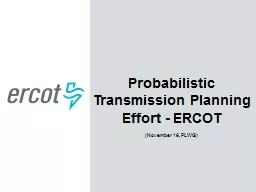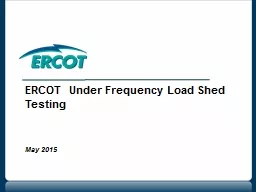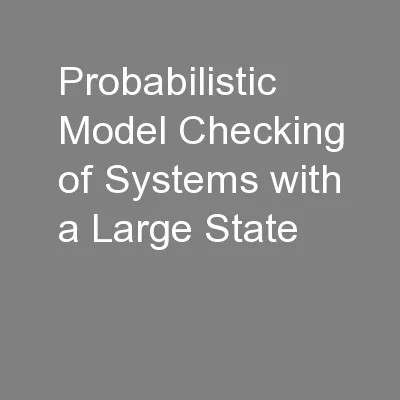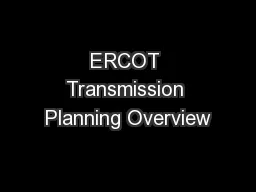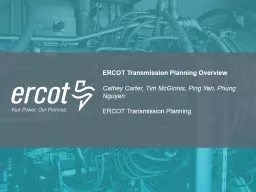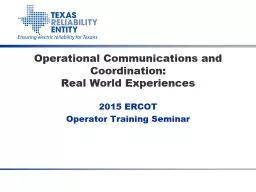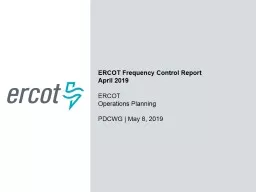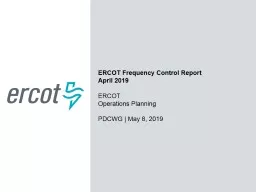PPT-Probabilistic Transmission Planning - ERCOT
Author : aaron | Published Date : 2018-03-18
November 16 PLWG Contents Introduction Deterministic Vs Probabilistic Applications Efforts and Issues Next Steps amp Summary Appendices 2 Introduction Motivation
Presentation Embed Code
Download Presentation
Download Presentation The PPT/PDF document "Probabilistic Transmission Planning - ER..." is the property of its rightful owner. Permission is granted to download and print the materials on this website for personal, non-commercial use only, and to display it on your personal computer provided you do not modify the materials and that you retain all copyright notices contained in the materials. By downloading content from our website, you accept the terms of this agreement.
Probabilistic Transmission Planning - ERCOT: Transcript
Download Rules Of Document
"Probabilistic Transmission Planning - ERCOT"The content belongs to its owner. You may download and print it for personal use, without modification, and keep all copyright notices. By downloading, you agree to these terms.
Related Documents

